Low sodium snacks can be difficult to find and straight up nasty. Here I walk you through everything you need to know about sodium, high sodium foods to avoid, and of course the low sodium snacks you should be reaching for!
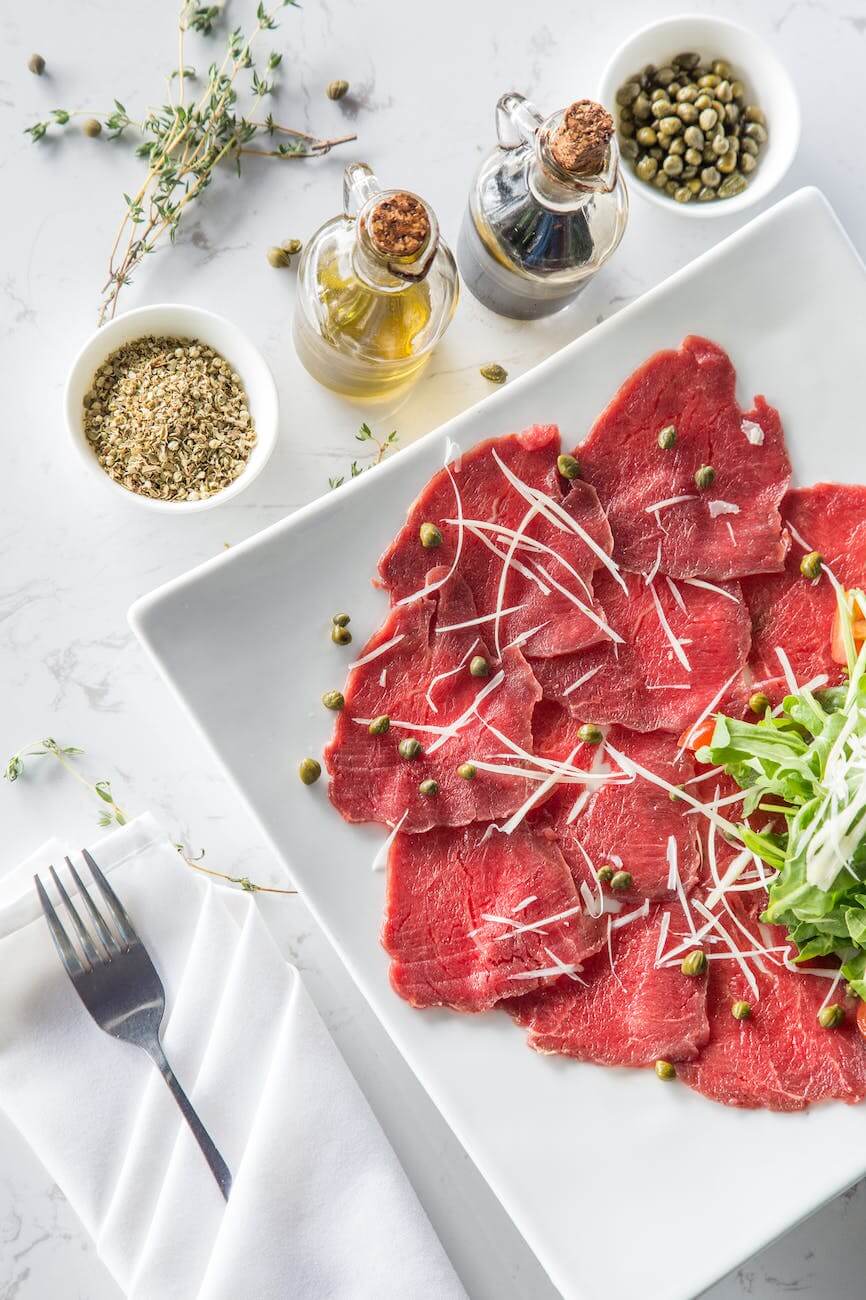
This post may contain affiliate links. That means if you click and buy, I may make a commission at no cost to you. Please see my full disclosure policy for more details.
- What is Sodium
- Sodium Uses
- The Recommended Intake of Sodium
- Sodium on the Food Label
- High Sodium Foods
- Who Needs to Avoid Sodium
- What to Look For at the Grocery Store
- 1. Fruits
- 2. Veggies
- 3. Nuts
- 4. Whole Grains
- 5. Proteins
- 6. Dairy
- 7. Granola Bars
- 8. Chips
- 9. Homemade Snacks
- Low Sodium Taste Enhancements
- Low Sodium Snacks Takeaways
- References
- Disclaimer
What is Sodium
Sodium is an element! Specifically, it is actually a metal. You won’t find sodium at the grocery store but it is used in many household items you would be able to find. Sodium is a key ingredient in baking soda, salt, and washing soda.
Salt is closely associated (and sometimes used interchangeable!) with sodium, but salt is only about half sodium. Your regular old table salt is made up of about 50% sodium and 50% chlorine.
Sodium Uses
Because salt is half sodium, foods with heavy amounts of salt are in turn also loaded with sodium.
Salt (aka sodium) is used to bring out the flavors of a dish. By adding the right about of salt, you can enhance the taste of a dish without actually tasting the salt! This is where having experience in the kitchen comes in. You can quickly cross the threshold from enhancing flavor to overpowering the flavor with salt!
Another way salt is often used is to preserve foods. Many times canned, processed meats, and frozen foods have great amounts of salt added to them. This is because it helps keep them safe to eat longer, allow them to be frozen and reheated, and keep their flavor through their full processing.
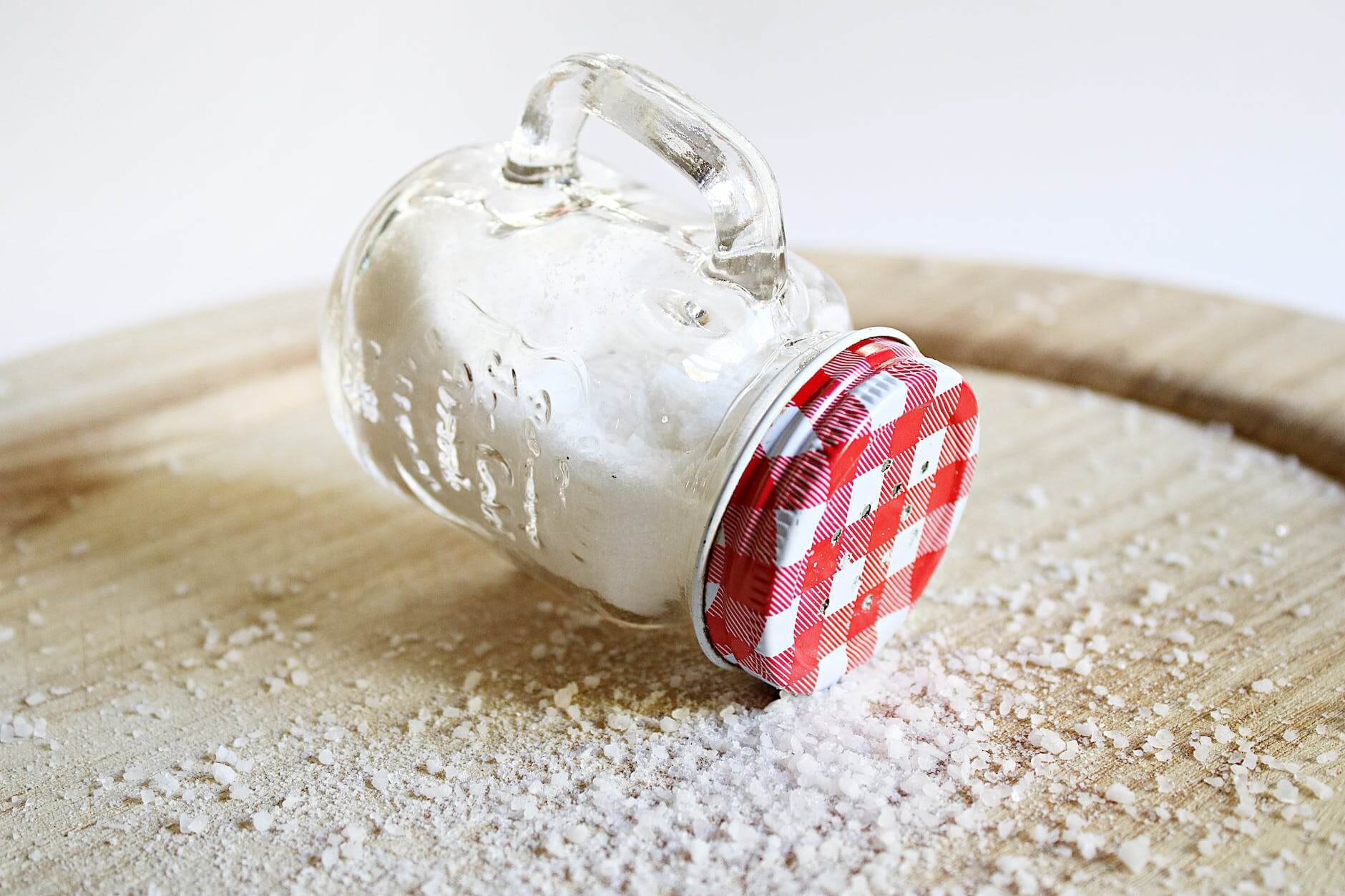
The Recommended Intake of Sodium
It is recommended that the average person have 2,300 milligrams (mg) of sodium per day.1 That may sound like a huge amount, but it really isn’t. 2,300 mg of sodium is equivalent to just one teaspoon of salt!
Food packages will have different language to describe the amount of sodium in their product. The thing is, each means something specific. View the chart below to learn what each of these sayings actually means.
| What It Says | What It Means |
| Salt/Sodium-Free | Less than 5mg of sodium per serving |
| Very Low Sodium | 35mg or less of sodium per serving |
| Low Sodium | 140mg or less of sodium per serving |
| Reduced Sodium | At least 25% less sodium than the original product |
| Light in Sodium or Lightly Salted | At least 50% less sodium than the original product |
| No Salt Added or Unsalted | No salt is added during processing but these products may not be salt/sodium-free unless stated |
Use this information when looking at a food to decide how much sodium it has without being duped!
Sodium on the Food Label
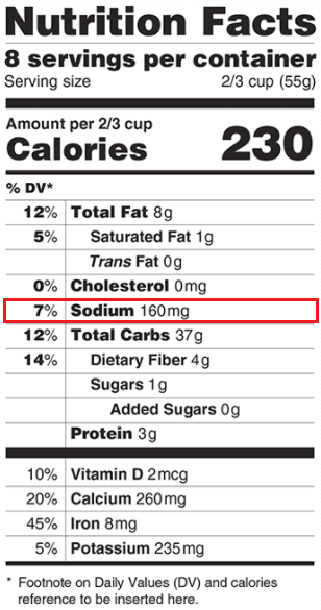
When looking for low sodium snacks it is important to know where to look on a nutrition facts label. Your container will likely have a long white rectangle on the back of the package with a ton of information and numbers on it.
Since we are strictly looking for sodium content look for the line that says sodium. It is circled in red on the image to the right. This is the amount of milligrams of sodium per serving and how much it is compared to a recommended amount you have in a day in percentage.
Be careful when reading this. It is per serving. This serving size may not be the amount you actually eat. This photo says there is 160mg of sodium for ⅔ cup of the food. If you actually eat 1.5cups of the food you’ll really be having 320mg of sodium.
High Sodium Foods
Sodium is sneaky! It is hidden in tons of foods you may not suspect! Being able to read a food label and be curious about what you’re consuming will pay off when tracking your sodium intake.
Most foods that have a salty flavor will have higher amounts of sodium, but you can also guess a foods amount of sodium based on the way it is processed and packaged.
You can count on: canned soups, pretzels, chips, instant noodles, condiments, bacon, parmesan cheese, frozen meals, packaged baked goods, fast food, and even… deli meat!
Did you realize a single slice of deli ham can have about 140mg of sodium!2 Who eats just one slice of deli meat at a time!? A small sandwich would have three slices. That’s a quick 420mg. This small amount of deli meat is ⅕ of the amount of sodium you should be having in a day.
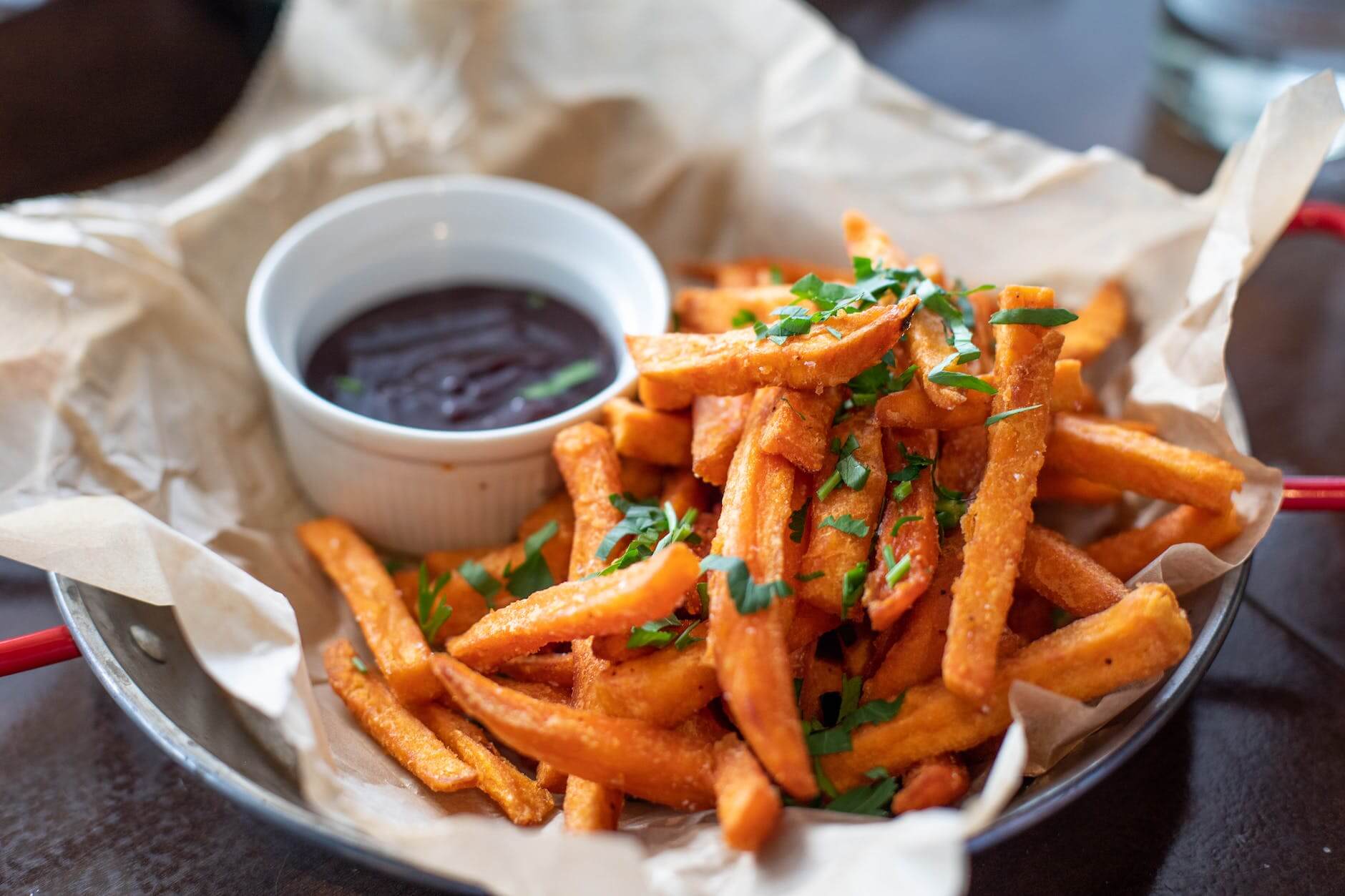
Who Needs to Avoid Sodium
Because of the state of most American diets, most Americans need to avoid consuming excessive sodium. Beyond that, there are many health conditions that focus on avoiding large amounts of sodium.
High Blood Pressure: With high blood pressure the blood is pushing against the arteries and not relaxing. Because of this high blood pressure increases your risks of developing many other diseases and conditions. Sodium retains fluid. More fluid creates more pressure. Thus, reducing your sodium intake can help in reducing high blood pressure.
Kidney Disease: Think of kidneys as your body’s filter. If your kidneys aren’t functioning properly then they can’t filter the sodium out. Basically, with kidney disease sodium will build up, retain fluid, and cause complications.
Heart Disease: When there is extra fluid in the body the heart has to work overtime to pump it through your body. With the heart putting in overtime the heart’s function will likely weaken.
Liver Disease: The liver keeps the balance of fluids in your body. With your livers not functioning properly they cannot do their job. With in imbalance of fluids, a high sodium intake will only worsen the effects.
Autoimmune Conditions: Many conditions are worsened with high sodium levels, autoimmune conditions included.
Of course, there are other conditions that entail a low sodium diet.
What to Look For at the Grocery Store
1. Fruits
Fruits are naturally low in sodium, high in nutrients, and have fiber, making them a great low sodium snack option.
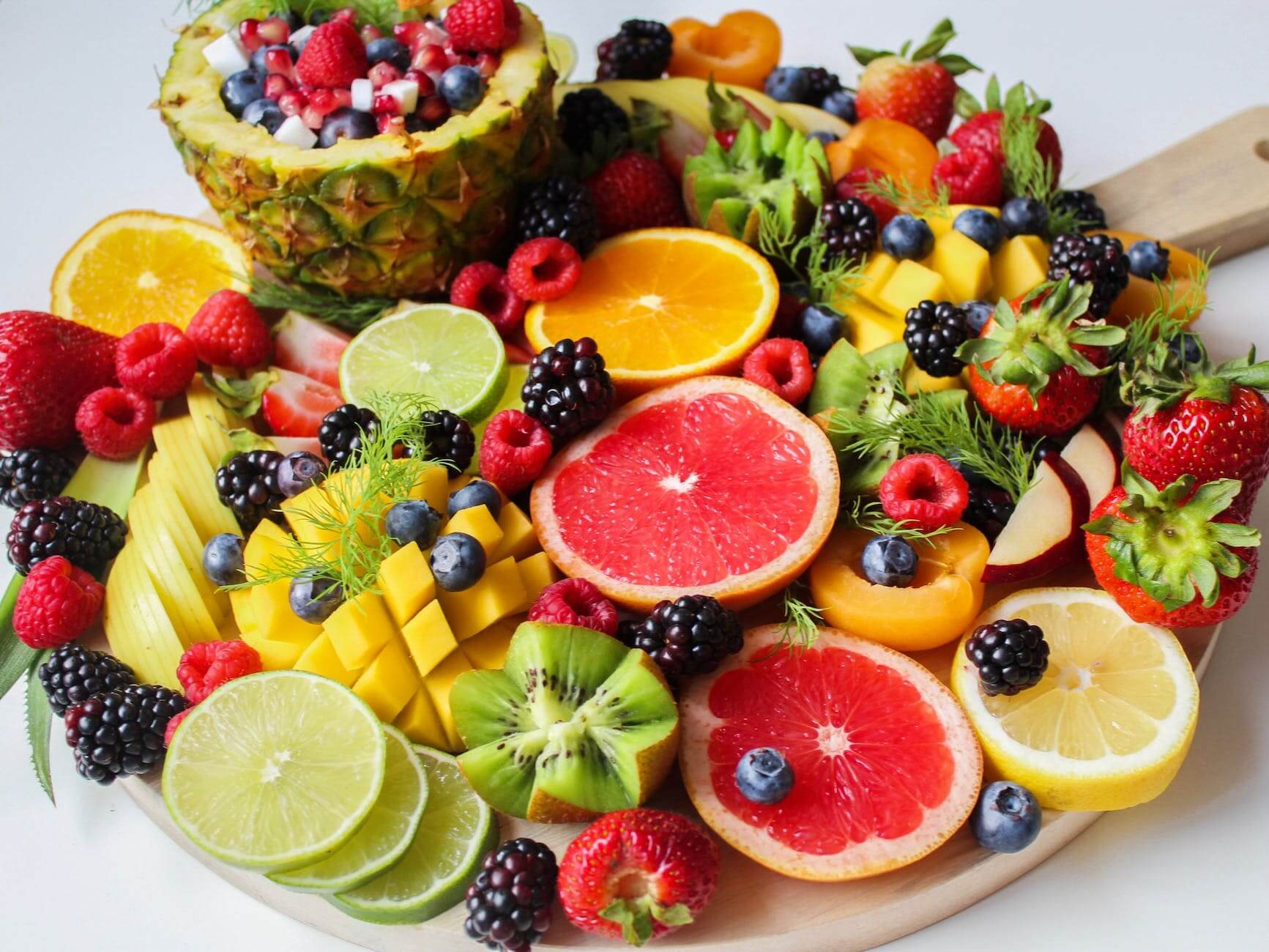
2. Veggies
Like fruit, most veggies are low in sodium. One to keep an eye out for are olives. Olives are sitting in a salt-filled brine so they will absorb this sodium. If you love olives, just be aware that they have sodium!
3. Nuts
Nuts are a great source of healthy fats and protein as a snack. The thing is, you’d need to opt for salt-free or seasoning-free nuts.
4. Whole Grains
Popcorn! Get a whole grain kernel and pop it at home so you can control the amount of sodium added to it. Avoid microwave popcorn as they tend to have a lot of sodium.
Grab some whole grain pretzels without a lot of salt.
Whole grain crackers are now more popular and easier to find at the grocery store. Be sure to check the sodium before eating as crackers can be a big source of sodium.
5. Proteins
You may not want unseasoned tofu as a snack, but you can use a sodium-free seasoning and cook some tofu for a low-sodium protein option.
Have chicken, beef, or (low sodium) beans during snack time for some low sodium protein. Just be sure to look at it’s seasoning and preparation method!
Eggs tend to be higher than other protein sources, but still aren’t unreasonable! An egg has about 60mg of sodium.

6. Dairy
Greek yogurt is a staple for healthy low sodium snacks. Pair a serving of greek yogurt with berries and salt-free nuts for a delicious yet low sodium snack option!
Due to the way cheese is made, many varieties have a good amount of sodium. If you do want a cheese, look for soft ones like cottage cheese, ricotta, and mozzarella.
7. Granola Bars
Granola bars are such a convenient snack, sadly many are loaded with sodium. Look for flavors without nuts or pretzels. Those two items usually come covered in salt so without them, hopefully the bar’s sodium content is lowered.
- Bakes Seed Granola Bars have 40mg of sodium per bar
- MadeGood Chocolate Chip Granola Bars only have 10mg of sodium per bar
- ZeeZees Soft Baked Bars have 75mg of sodium
- Kind Breakfast Bars have 35mg of sodium each
Low sodium granola bars exist, you just have to read the label!
8. Chips
Regular chips are often times one of the highest sodium foods you can consume as a snack! Don’t worry, I’m not immediately cutting them out. I found a couple lower sodium options you may want to give a taste to satisfy your chip craving.
- SaltMe! chips tend to have less than 100mg of sodium per serving.
- Some varieties of Beanito’s tortilla chips are low in sodium, but some are not. Be sure to double check the nutrition facts on your specific bag!
- These are a bit more difficult to find but, baked GoodChips are super low in sodium!
9. Homemade Snacks
Making a snack at home is great because you can control how much sodium you add. The issue is with homemade snacks from others homes; you won’t know how much sodium there is.
Here are a couple low sodium snacks you can make at home!:
- Basic Berry Protein Smoothie
- Refreshing Chickpea Salad
- Simple Matcha Chia Seed Pudding
- Healthy Pumpkin Banana Muffins
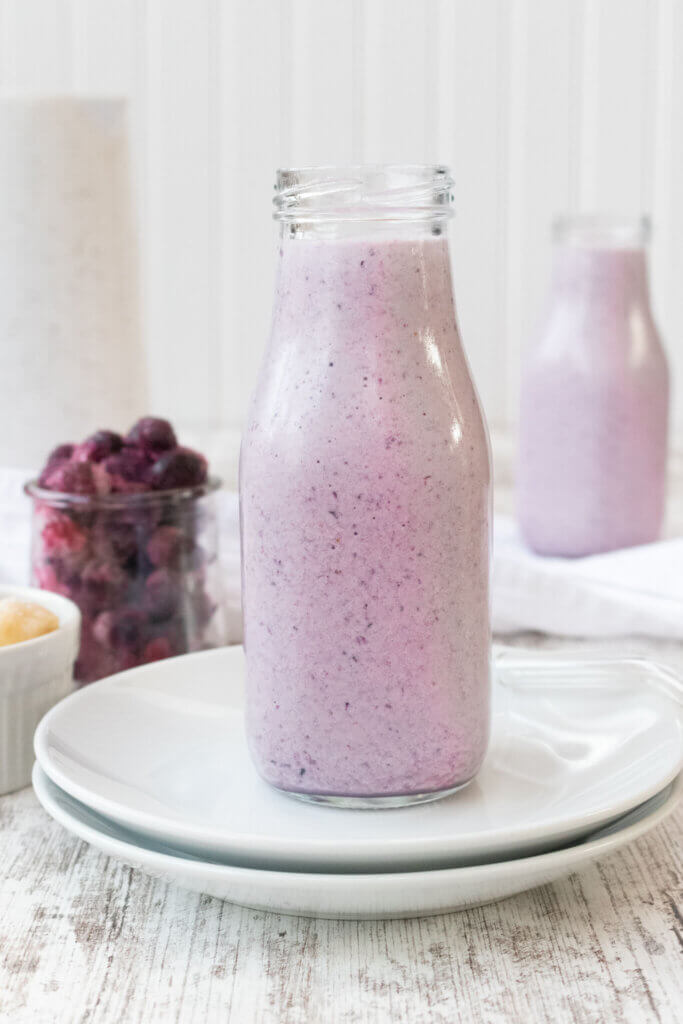
Low Sodium Taste Enhancements
Salt is usually the go-to to add flavor to a dish. That means in order to make a snack low in sodium you need to add herbs and sodium-free seasoning.
Herbs are a great low sodium flavor enhancement option. They are naturally sodium free and add a variety of flavor to your snacks.
Sodium free seasonings are seasoning that are formulated without sodium. These may be difficult to find but if you take your time and carefully read the spice label you are sure to find some delicious low sodium options.
Low Sodium Snacks Takeaways
- Sodium is a metal that makes up a portion of salt
- Reading a nutrition label is important in knowing how much sodium you are actually consuming
- Having improper amounts of sodium in your body can cause a plethora of issues
- Fruits and veggies are low sodium snacks
- Low sodium of your favorites are available!
- You can improve flavor of a snack without adding sodium by using herbs and low-sodium seasonings
Pin NOW to SAVE for later!
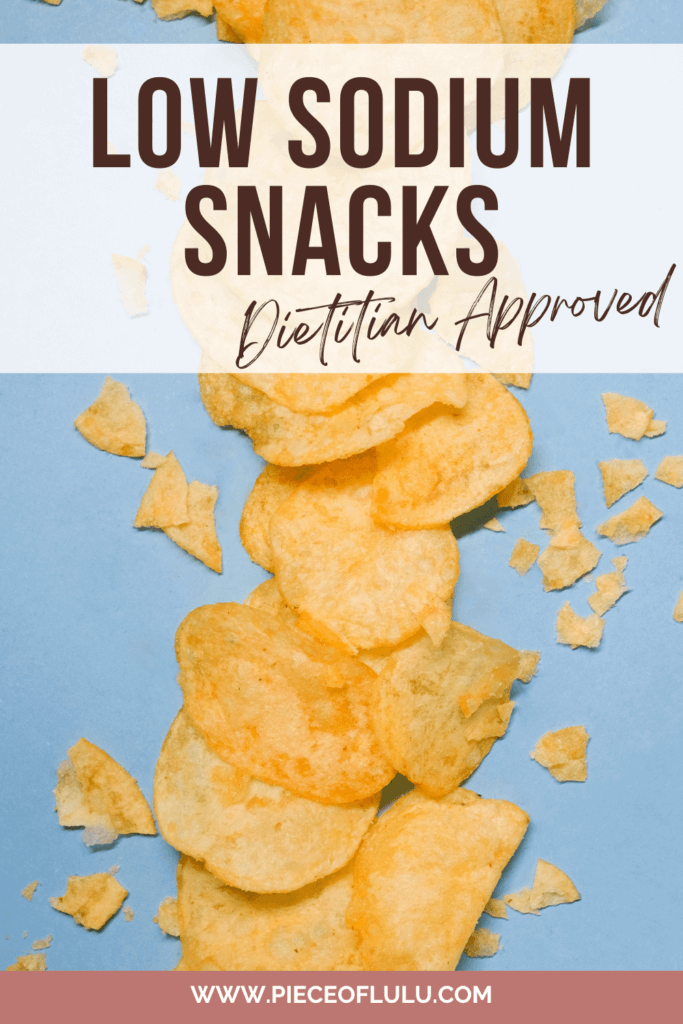
References
- https://www.fda.gov/food/nutrition-education-resources-materials/sodium-your-diet
- https://fdc.nal.usda.gov/fdc-app.html#/food-details/332397/nutrients
Disclaimer
This is not nutrition or medical advice. Speak to your doctor before making any health or diet related changes.

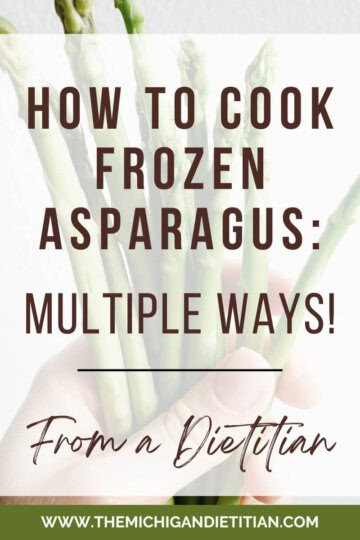
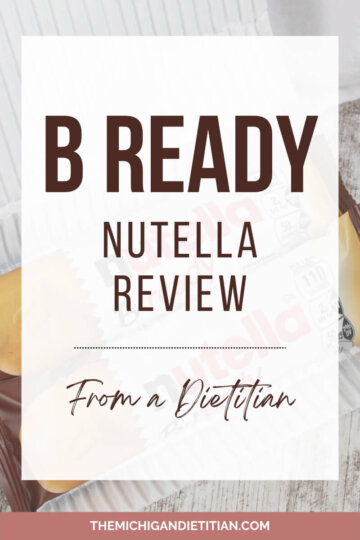
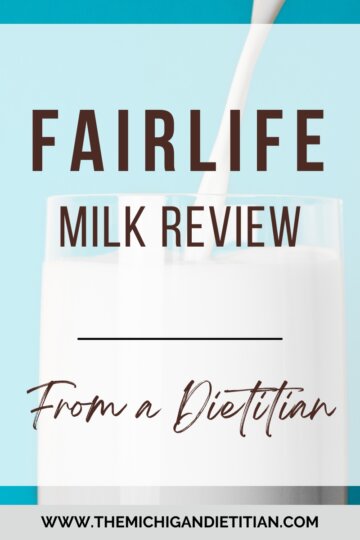
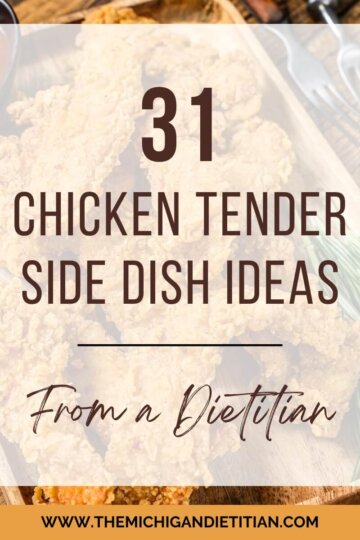
Leave a Reply